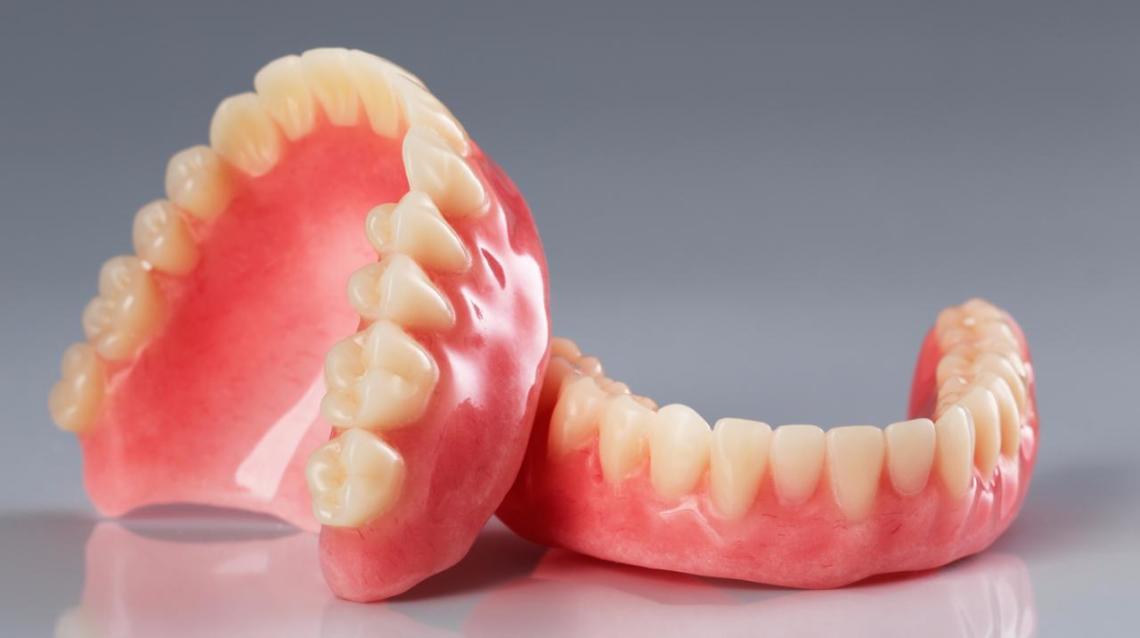Emergency Extraction Dentist

Emergency extraction dentists are specialized professionals trained to handle urgent dental situations that require immediate attention. These situations can range from severe toothaches to dental trauma, where a tooth or multiple teeth need to be extracted due to injury or decay. The role of an emergency extraction dentist is not only to provide relief from pain but also to prevent further complications that could arise from delaying treatment.
The Importance of Emergency Dental Care
Access to emergency dental care is crucial for several reasons. Firstly, it prevents minor issues from escalating into major problems that could require more extensive and costly treatments. For instance, a minor toothache could be a sign of a cavity, which if left untreated, could progress to the pulp of the tooth, requiring a root canal or even extraction. Prompt attention can save the tooth and reduce the need for more invasive procedures.
Secondly, emergency dental care can address acute conditions such as abscesses, which are bacterial infections that can cause severe pain and potentially life-threatening complications if not treated promptly. An emergency extraction dentist is equipped to diagnose such conditions and provide the necessary treatment, including antibiotics for infections and extraction of the affected tooth if necessary.
The Process of Emergency Tooth Extraction
The process of emergency tooth extraction involves several steps, starting with a thorough examination of the patient’s mouth and the affected tooth. This may include X-rays to assess the position of the tooth, its roots, and the surrounding bone. Based on this evaluation, the dentist decides the best course of action, which could be a simple extraction for a tooth that is visible above the gum line and easily accessible, or a surgical extraction for teeth that are broken off at the gum line or have not come in yet.
Before the extraction, the dentist will typically numb the area around the tooth with a local anesthetic to minimize discomfort during the procedure. Sedation dentistry may also be an option for patients who experience anxiety or fear, helping them relax during the treatment.
Types of Emergency Extractions
There are two main types of emergency extractions: simple and surgical.
- Simple Extractions: These are performed on teeth that are visible above the gum line. The dentist uses an elevator to loosen the tooth and then removes it with forceps.
- Surgical Extractions: These are more complex and involve teeth that are not easily accessible because they are broken off at the gum line or have not erupted. The procedure may require the dentist to make an incision in the gum to access the tooth, and in some cases, remove some of the surrounding bone. Surgical extractions are typically performed by oral surgeons but can also be handled by emergency extraction dentists with the appropriate training.
Post-Extraction Care
After an emergency tooth extraction, proper care is essential to promote healing, prevent infection, and reduce the risk of complications. Patients are usually advised to:
- Bite on gauze for a specified amount of time to stop bleeding
- Avoid rinsing their mouth vigorously, sucking on straws, or spitting
- Eat soft foods for a few days to avoid irritating the extraction site
- Take pain medication as prescribed by the dentist
- Attend follow-up appointments to monitor healing and remove any sutures
Conclusion
Emergency extraction dentists play a critical role in providing immediate relief and preventing potential complications from dental emergencies. Their expertise in handling urgent situations highlights the importance of readily available dental care. Whether it’s addressing tooth decay, handling dental trauma, or performing emergency extractions, these professionals are essential for maintaining oral health and overall well-being.
FAQ Section
What should I do if I have a severe toothache and it’s after hours?
+You should contact an emergency dentist. Many dental clinics offer emergency services or can refer you to someone who does. Describe your symptoms, and they will advise you on the next steps, which may include coming in for an emergency extraction or providing temporary relief measures until you can be seen.
How long does it take to recover from a tooth extraction?
+The recovery time from a tooth extraction can vary depending on the complexity of the procedure and the individual’s overall health. Generally, it’s recommended to take it easy for 24 hours, avoid heavy exercise, and follow the dentist’s instructions for post-extraction care. Most people can return to their normal activities within a few days.
Is emergency tooth extraction painful?
+While the thought of tooth extraction might seem painful, the procedure itself is typically not. Emergency extraction dentists use local anesthetics to numb the area around the tooth, ensuring that you do not feel pain during the extraction. After the procedure, you might experience some discomfort, which can be managed with pain medication prescribed by your dentist.

